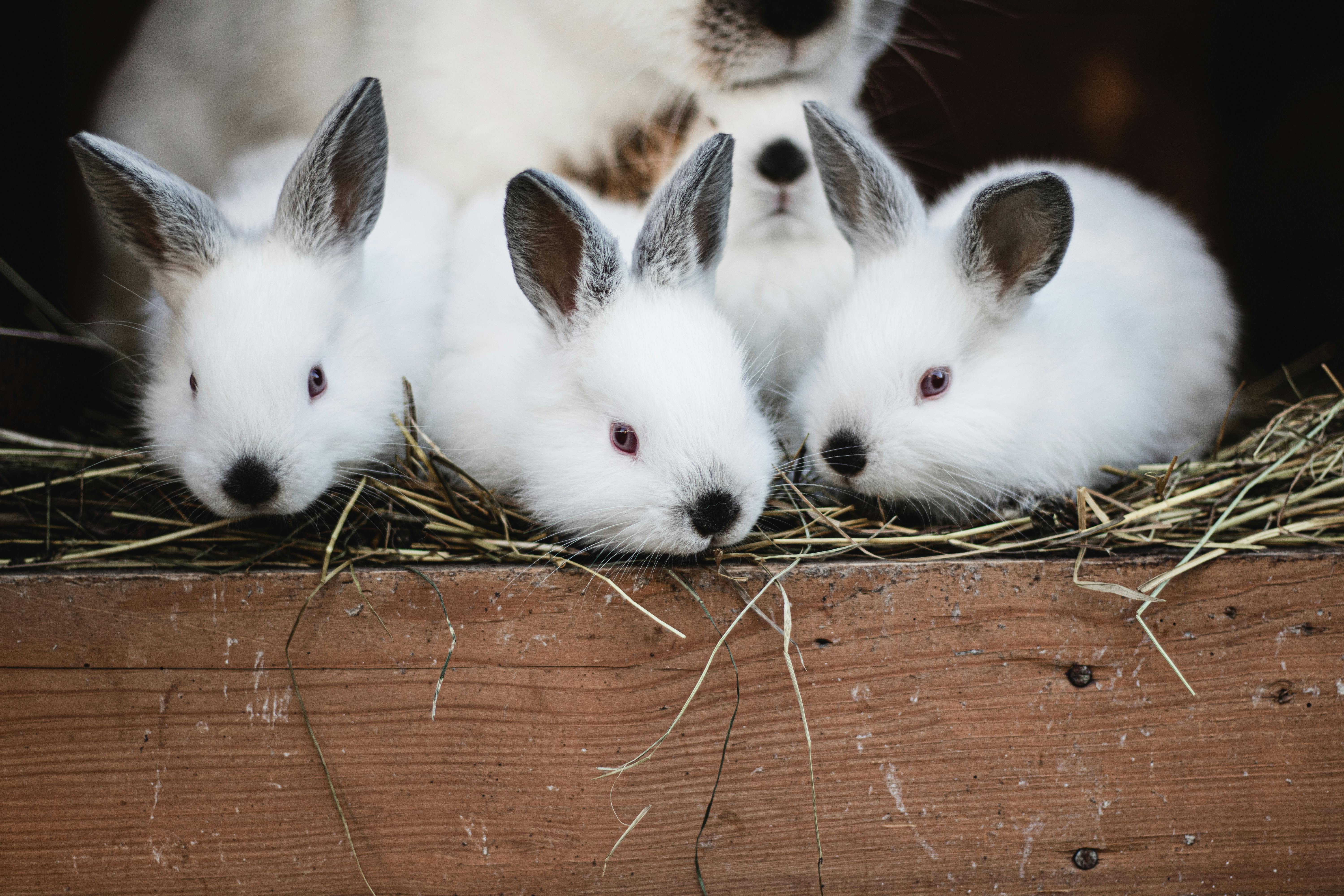Essential Guide to Platinum Parrot Fish Care in 2025
The platinum parrot fish, with its unique color and interesting characteristics, has gained immense popularity among aquarium enthusiasts. As a hybrid fish known for its vibrant appearance and friendly behavior, it makes an excellent choice for both novice and experienced fish keepers. Understanding how to properly care for this species will ensure a healthy and thriving environment, enhancing both the beauty of your aquarium and the well-being of your fish.
This article will delve into the best five ways to care for your platinum parrot fish, covering essential topics such as habitat requirements, diet, breeding, and compatibility with other fish. Through expert recommendations and practical tips, you'll learn everything needed to create the ideal environment for your platinum parrot fish to thrive.
We'll explore the critical aspects of platinum parrot fish care, focusing on water conditions, tank setup, and dietary needs. By the end of this guide, you will be equipped to maintain a beautiful aquarium filled with these captivating fish.
Understanding Platinum Parrot Fish Habitat Requirements
To ensure the well-being of your platinum parrot fish, it is crucial to establish the right habitat. The ideal tank setup should mimic their natural environment, providing ample space and proper conditions. Generally, a tank size of at least 30 gallons is recommended, as the fish can grow considerably;
platinum parrot fish can reach sizes of up to 12 inches or more. Keeping them in a spacious aquarium promotes healthier growth and longevity. To achieve optimal platinum parrot fish water conditions, maintain a stable pH level between 6.5 and 7.5 and ensure the water temperature stays within the range of 75°F to 82°F.
Additionally, robust filtration is necessary to maintain water quality. It’s essential to perform regular maintenance, including water changes and filter cleans, to keep the habitat healthy. The use of aquatic plants and decorations can also enhance their environment while offering hiding spots and places to explore.
Setting Up Your Platinum Parrot Fish Aquarium
The success of keeping platinum parrot fish hinges on how well the aquarium is set up. When establishing your tank, consider using a mixture of substrate types. Sand or fine gravel works well to mimic their natural habitat. Incorporate decorations like rocks, driftwood, or ceramic caves, which will help provide both shelter and enrichment.
Use a powerful filtration system that can handle the bio-load of your fish. Regular filter maintenance will reduce the risk of harmful bacteria and toxins building up. Additionally, having a heater is important to regulate water temperature, ensuring it remains within the ideal range for your fish.
Essential Water Quality Parameters
Monitoring water quality is one of the most critical aspects of platinum parrot fish care. Aside from the correct pH and temperature, regularly testing for ammonia, nitrites, and nitrates is advisable. Maintaining ammonia and nitrite levels at 0 ppm is vital as these substances can harm your fish.
Nitrate levels should be kept below 20 ppm. Utilizing test kits can help aquarists keep track of these parameters effectively. Regular water changes (10-20% per week) can assist in maintaining optimal water quality and promoting a healthy environment for your fish.
Choosing the Right Substrate and Aquascaping
The aquarium's substrate plays a significant role in the overall health of your platinum parrot fish. While they do not specifically require a certain substrate type, a combination of sand and gravel can mimic their natural environment. This approach not only enhances the aesthetic appeal of the tank but also offers them opportunities to dig and explore.
Consider adding live plants, which can provide hiding spaces and improve water quality through natural filtration. Plants like Java Fern and Anubias are ideal choices due to their hardiness and compatibility with platinum parrot fish.
Feeding Your Platinum Parrot Fish for Optimal Health
Understanding the proper diet for your platinum parrot fish is essential for ensuring their longevity and vitality. These fish require a balanced diet that includes high-quality pellets formulated for cichlids, as well as a variety of other foods to ensure they receive all necessary nutrients.
In addition to dry food, supplement their diet with frozen or live foods, such as bloodworms, brine shrimp, or daphnia. This will promote vivid colors and healthy growth. It's important not to overfeed them; offering smaller portions 2-3 times a day is preferred, which helps prevent common health issues.
Identifying Feeding Habits in Platinum Parrot Fish
Observing feeding habits can provide insights into the health of your platinum parrot fish. If they're actively swimming to the surface and eating eagerly, it's a good indicator of their health. Conversely, if they are not eating or exhibiting unusual behavior, it may signal stress or illness. Regular feeding routines will also enhance their social behaviors and foster interactions with other fish.
The Importance of Balanced Diets
Maintaining a balanced diet is not solely about providing a variety of foods. It's crucial to focus on nutrition. Look for high-quality options that contain essential vitamins and minerals, necessary for optimal growth and development. Many formulations are specifically designed for the dietary needs of cichlids and essential for maintaining vibrant color.
Ensure to adjust feeding habits based on life stages; juvenile platinum parrot fish may require slightly different food compared to adults. Regularly check for fat content in the diet to avoid obesity, which can lead to health complications in your fish.
Common Feeding Mistakes to Avoid
One common mistake among aquarists is overfeeding. It's essential to adhere to recommended feeding portions to prevent deteriorating water quality and obesity. Another mistake is providing only one type of food; a varied diet is essential. In addition, failing to ensure they can comfortably consume food can lead to waste and unhealthy interactions.
Social Behavior and Tank Mates for Platinum Parrot Fish
Understanding the social behavior of platinum parrot fish is vital for creating a harmonious aquarium. These fish display territorial traits, especially during breeding. Therefore, careful selection of tank mates is necessary. Generally, medium-sized community fish that are not overly aggressive work well with platinum parrot fish.
Compatible Species for Platinum Parrot Fish Tanks
Choosing the right companions for your platinum parrot fish is critical. Some suitable tank mates include barbs, tetras, and other cichlids. Research and observe individual species to ensure compatibility. Introducing new fish gradually and monitoring their interactions will help establish a balanced community.
Behavioral Traits to Watch For
Platinum parrot fish are social creatures that enjoy interaction but can also show aggression, especially towards their reflections or during breeding. It's vital to provide ample space and hiding spots to reduce stress and aggression. Observing their behavior will help aquarists adjust the tank setup as needed.
Acclimating New Fish to Your Tank
The process of acclimating new fish to your aquarium is most critical when introducing them alongside your platinum parrot fish. Gradually introducing the new fish to the tank, by floating the sealed bag in the aquarium to equalize water temperatures and adding tank water into the bag, can significantly reduce stress and improve compatibility.
Health Management Strategies for Platinum Parrot Fish
Maintaining the health of your platinum parrot fish is paramount for ensuring their longevity and vitality. Regular health assessments should include manual inspections and behavioral observations. Observing eating patterns, swimming behavior, and the overall appearance of the fish can provide insights into their health status.
Common Health Issues in Platinum Parrot Fish
Health issues in platinum parrot fish can stem from poor water quality, stress, or inadequate nutrition. Some common conditions include ich, fin rot, and swim bladder disorder. Prompt identification and treatment can prevent these issues from escalating. Stress-relief measures, such as stable water conditions and compatible tank mates, will also contribute positively to their health.
Preventive Measures for Platinum Parrot Fish Health
Preventive care is essential for maintaining the well-being of your fish. Regular water tests, timely water changes, and tank maintenance help ensure a clean, healthy environment. Keeping a close eye on feeding habits will also aid in identifying any health problems early.
Utilizing Veterinary Resources
If you notice ongoing issues or behavioral changes in your platinum parrot fish, consulting a veterinarian specializing in aquatic animals is advisable. They can provide treatments, medications, and diet recommendations tailored to your fish's needs.
Conclusion: The Lifespan of Your Platinum Parrot Fish
With proper care and attention, platinum parrot fish can thrive in your aquarium. Understanding their habitat needs, feeding habits, social behavior, and health management will enhance your experience as a fish keeper. Regular maintenance and a well-planned environment will lead to happy and healthy fish, potentially increasing their lifespan to 10 years or more.
In summary, focus on providing the ideal tank conditions, supplementing a balanced diet, monitoring health regularly, and observing behavior for successful care of your platinum parrot fish. Enjoy the journey of keeping these stunning fish and watch your aquarium flourish.


